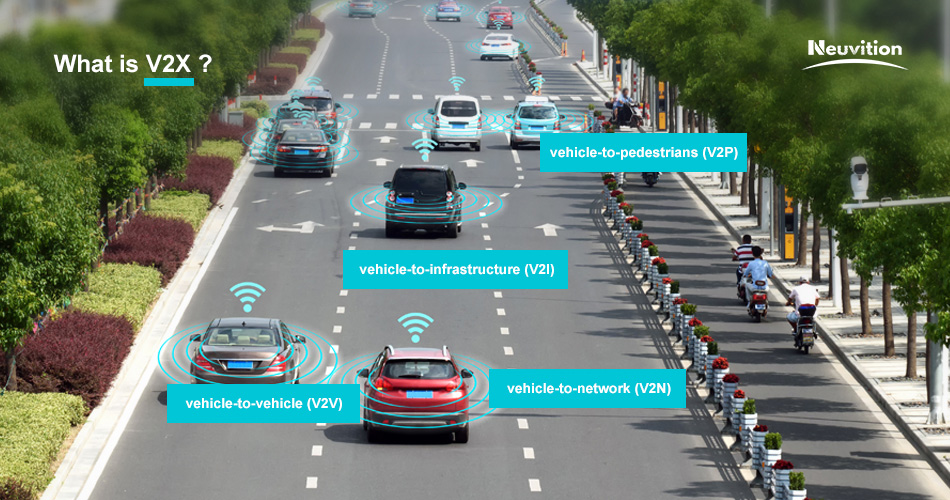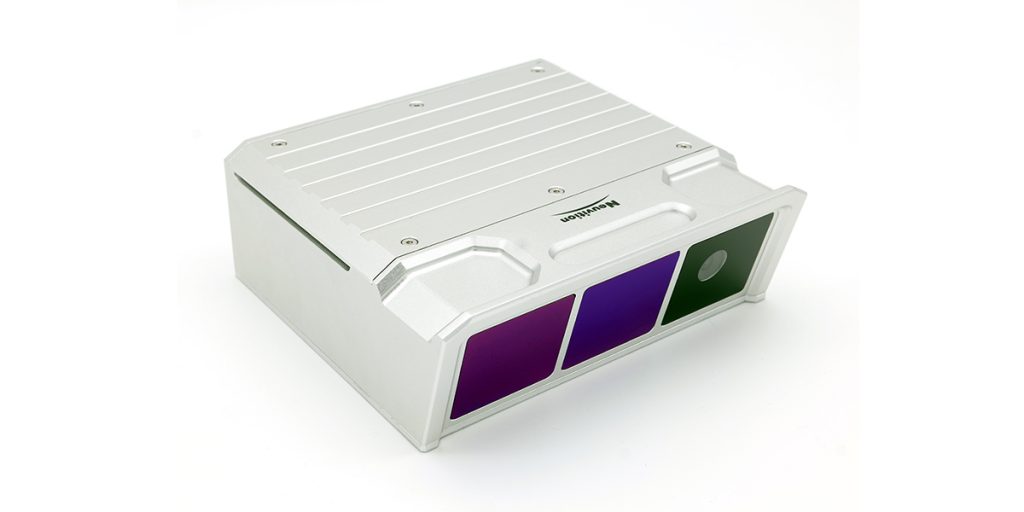V2X and LiDAR
Author: Release time:2021-06-23 03:02:11
Recently, the Smart 50 Award recognizes Velodyne’s Intelligent Infrastructure Solution as one of the 50 best examples of smart cities technology at work in the world. The award demonstrates how this innovative LiDAR-based V2X approach can transform roads and transportation infrastructure into smart cities.
With the development of related technologies, the field of driverless cars has ushered in another wave of craze, but the realization of truly autonomous driving depends on V2X. LiDAR plays an important role in the V2X application, helps the construction of smart cities and intelligent transportation systems, accelerates the implementation of autonomous driving, and makes the information exchange between vehicles and roads faster and more efficient.
What is V2X?
V2X refers to wireless communication technology for vehicles, where V represents vehicles, and X represents any object that interacts with the vehicles, such as other vehicles, pedestrians, traffic roadside infrastructure, and networks.

According to different cooperative elements, V2X is mainly divided into four application areas: vehicle-to-vehicle (V2V), vehicle-to-infrastructure (V2I), vehicle-to-pedestrians (V2P), and vehicle-to-network (V2N).
Why does smart transportation need V2X?
Smart cars and autonomous driving mainly rely on some sensors, including radars, cameras, and infrared lights. Each sensor’s sensing range is limited, and all those sensors are equivalent to human eyes. In addition to the eyes of sensors, communication or V2X is a new perception channel in smart transportation. Through the broadcast transmission and reception of information, it can achieve beyond-visual-range coverage. Through such coverage, our perception can become safer and more reliable.
V2X can improve active safety and traffic efficiency, such as emergency braking warning, warning of dangerous roads, warning of red-light running, etc. V2X applications oriented to traffic management includes video-on-demand, some reminders of road incidents, including vehicle scheduling and distribution in some congested environments, including traffic light guidance, etc.
Through V2X technology, cars on the road can exchange data with each other through open frequency bands, and have the ability to share real-time driving information with other cars and roadside infrastructure equipment and to generate predictive road condition information.

By sharing car driving data in real time, cars on the same road can share their real-time location to prevent traffic accidents. Traffic signal facilities can also arrange the traffic sequence reasonably according to the traffic demand of the vehicle, to reduce the waiting time of the vehicle; and the V2P technology allows pedestrians and cyclists to also join this V2X environment and to use their mobile phones to send and receive warning messages to ensure the safe passage of pedestrians.
The bolder assumption is that if cars can communicate with each other and achieve fully autonomous driving, then there is no reason for traffic lights to continue to exist. Without traffic lights, transportation infrastructures will require intelligent dispatching algorithms and extremely rigorous monitoring of intersections. However, compared with the improvement of transportation efficiency, the cost of these infrastructures is not a problem.
In addition, in some cases, the vehicle can predict the dangerous situation in advance. If there is an accident or the vehicle has been confirmed to have encountered a collision, the V2X system can broadcast information for help, which dramatically improves the efficiency of the treatment of the occupants.
According to data from the US Department of Transportation, V2X technology can reduce the traffic accident rate by 80%. In the United States alone, this will reduce 594,000 traffic accidents and save up to 1,321 lives each year.
Why is LiDAR important in V2X?
In V2X, LiDAR must not only fully and accurately perceive the status of various vehicles, pedestrians, and infrastructure in the traffic environment, but also need sufficient safety redundancy to deal with various problems caused by the “long-tail effect”.
The defects of the camera mainly come from the light, and the misjudgment rate is higher under the poor light or interference of strong light. Due to the influence of light, the detection distance becomes shorter and the accuracy becomes lower. Using a single camera to calculate at the roadside requires extremely strong computing power, and signal transmission and processing will have the bandwidth and real-time problems. The main defect of millimeter-wave radar is that there is almost no echo to a completely stationary object, and it is easy to give false alarms in an environment with some metal interference. LiDAR itself is not dependent on ambient light and works 24 hours x 365 days, so it greatly enhances the adaptability of perception. The three-dimensional detection capability of the target enhances the accuracy of detection, whether it is static or dynamic objects, all can be captured by LiDAR.
The roadside scene is very complicated, typically at an intersection with a lot of traffic. Relying on only one technical means, misinformation will become security risks, and cannot achieve stable and intelligent detection of road condition information. If the LiDAR is integrated with the camera, the information of the object such as position, distance, size, speed, direction, color, etc. can be obtained at one time.
Neuvition LiDAR-based V2X Solution creates a real-time 3D map of roads, highways, and intersections, providing precise traffic monitoring and analytics that is not possible with other types of sensors like cameras or radar. It reliably collects data in all kinds of lighting or weather conditions, supporting 24/7, 365-day operation. The V2X solution advances safety through multimodal analytics that detects various road users including vehicles, pedestrians, and cyclists. It can predict, diagnose and deal with road safety challenges, helping municipalities and other customers make informed decisions to take corrective action.
